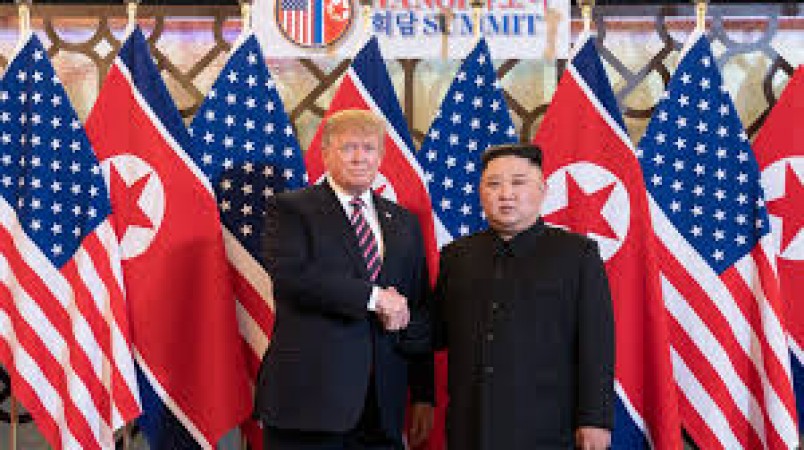
The leader of North Korea, Kim Jong Un, has recently made a bold statement regarding his stance on the global stage. He has emphasized that although he does not wish to initiate any wars, he is not afraid to engage in one if necessary. This declaration comes amidst escalating tensions between North and South Korea. Pyongyang's recent dismissal of the Northern Limit Line, the maritime border, has raised concerns about the possibility of military conflicts.
Adding to the complexity of the situation, reports suggest that North Korea is strengthening its ties with Moscow, allegedly trading missiles for assistance with its satellite program. This move, acknowledged by Washington and Seoul, highlights the strategic maneuvers taking place, with North Korea aiming to enhance its capabilities through alliances.
In recent years, North Korea has conducted numerous provocative missile tests to modernize its weapons arsenal. In response to this perceived threat, Seoul has warned of a strong and heightened reaction to any provocations from North Korea.
According to a report by the Daily Mail, Annie Jacobsen presents a chilling hypothetical scenario in her book "Nuclear War," outlining the potential consequences of a nuclear conflict between North Korea and the United States. The scenario begins with a missile launch from North Korea targeting the continental US, setting off a chain of events that could lead to catastrophic global repercussions.
The narrative unfolds at 4.00 am, with North Korea launching an intercontinental ballistic missile (ICBM) nicknamed "the Monster" from a site near Pyongyang. US defense systems detect the launch promptly, initiating a race against time to determine the missile's trajectory and potential target. Within minutes, US military and defense officials, including the President, are mobilized to respond to the perceived threat, identified as a direct attack on the East Coast.
As the missile approaches its target, the President faces the daunting decision of launching a counterattack. This choice is complicated by the lack of clear information and the immense responsibility of determining the fate of millions. The narrative vividly captures the tension and urgency of these moments, highlighting the profound uncertainty and fear accompanying such a crisis.
Efforts to intercept the incoming missile prove unsuccessful, resulting in a direct hit on the Pentagon. This sets off a series of military and political responses, including attempts to communicate with international allies and adversaries to prevent further escalation.
The situation deteriorates rapidly as additional missiles are launched, including a submarine-launched ballistic missile (SLBM) off the coast of California. The narrative depicts the overwhelming scale of destruction, from the immediate effects of the nuclear blasts to the long-term environmental and humanitarian crises that ensue.
In the aftermath of the initial strike, the world is left grappling with the reality of a nuclear war. Key locations across the US, Europe, and Asia suffer devastating consequences, with survivors facing unimaginable hardships. The story concludes with a somber reflection on the aftermath of nuclear conflict, echoing Nikita Khrushchev's grim warning that "The survivors will envy the dead."
South Korea Sends 2nd Military Spy Satellite to Space Amid Tensions with North Korea
China's AI Influence Tactics in Global Elections: What Microsoft Warns
North Korea Confirms Test of New Hypersonic Missile: Details Inside